The interplay between pressure relief and spinal alignment
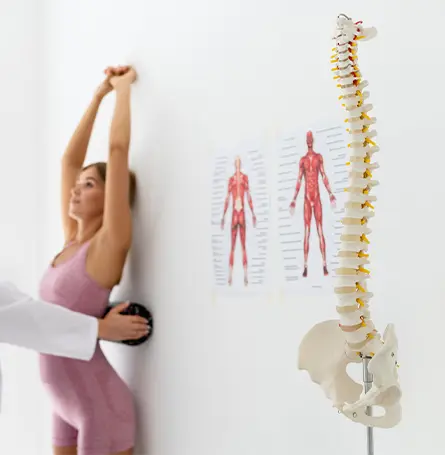
Ever wondered what is the connection between pressure relief and spinal alignment (when it comes to sleep, of course)? Let's demystify this dynamic duo and how they tag-team against chronic pain while enhancing your sleep quality.
First off, the connection between pressure relief and spinal alignment is like a well-choreographed ballet. When your mattress provides adequate pressure relief, it's not just a comfort win; it's a game-changer against chronic pain. Picture this: pressure relief acts as the ally that soothes those sensitive areas, easing the grip of chronic pain and paving the way for a restful night.
But here's where it gets even cooler – this tag team is not a one-way street. Addressing one aspect positively influences the other, creating a symbiotic relationship. It's like a domino effect of goodness. When your spine is aligned, thanks to the right mattress, it contributes to better pressure relief. Imagine your spine aligned as the maestro leading a symphony of comfort, reducing pain, and improving overall sleep quality.
To bring this dynamic duo to life, let's consider a real-world scenario. Picture a mattress providing adequate pressure relief as a customised support system, cradling those pressure points.
Meanwhile, your spine, aligned in its natural curve, enjoys the added benefit of reduced chronic pain. It's a harmonious relationship – pressure relief and spinal alignment working together to turn your sleep space into a sanctuary of pain relief and improved sleep quality. It's not just bedtime; it's a nightly rendezvous with well-being.
Choosing the right mattress and bedding

Okay, now that we've painted the picture of why pressure relief and proper spinal alignment are important, let's get into the details. Namely, what even are pressure-relieving mattresses? And how do they do what they do so well?
Then we'll move on to your spine and explain how different sleeping positions, as well as your body weight, affect your choice of mattresses.
Lastly, to get the optimal pressure relief and comfort, we can't forget about your neck! After all, neck pain is arguably just as annoying as back pain. So, we'll delve into pillows and how to choose the perfect one for your sleeping position.
So, without further ado, let's go over all of these topics so that you can be locked and loaded before adding any new bedding to your cart.
What are pressure-relieving mattresses?
When looking at mattresses, pressure relief refers to how well the mattress can evenly disperse pressure as you sleep. For example, let's say you're sleeping on the floor. If you sleep on your side, your shoulders and hips are the main pillars holding up the rest of your body.
This means that these two points are taking on the entirety of your body weight and will likely be aching before long.
On the other hand, if you're sleeping on a mattress that does provide pressure relief, the pressure is spread out. For example, if you're sleeping on your side and your shoulder and hip sink into the mattress a bit, now your midsection can also “take on” some of the load.
And this means that you won't wake up with shoulder or back pain in the morning. This goes for every sleeping position and only becomes more drastic the heavier the sleeper is.
How do you find a mattress with pressure relief?
As you can see in the previous segment, providing pressure relief is mostly about contouring to your body and spreading out surface pressure. And in this department, memory foam mattresses are typically the most popular option.
This is because foam lets your body sink into the surface of the mattress, offering pressure point relief and keeping you comfortable. And this goes for all foam mattresses: memory foam mattress toppers, regular foam mattresses, and even hybrid mattresses.
You can even go for latex mattresses instead of memory foam, although it's important to note that latex mattresses are typically a bit firmer. Also, if you're looking for a mattress topper, latex is a bit harder to come by.
What are pressure mattresses?
We'd also like to make a clear distinction between mattresses with pressure relief and “pressure mattresses”. Namely, a mattress with pressure relief is usually just a good mattress that utilises some type of foam or a more malleable filling.
A pressure mattress on the other hand is a mattress that's specifically made for people suffering from pressure ulcers and similar conditions. They typically have pumps that inflate or deflate certain parts of the mattress so that no pressure point is taking on your weight for the majority of the night.
However, most people do not need these kinds of mattresses to get a good night's sleep. This is for specialised cases for people who can't stay comfortable otherwise to better their physical and mental health.
How to ensure proper spinal alignment?
Okay, now that we know what a pressure-relieving mattress is, let's move on to the second part of the puzzle – how do you ensure proper spinal alignment? Well, there are three things you have to consider to achieve painless bliss – your sleep position, your weight, and the mattress firmness.
And while that might sound like a lot, it's actually quite simple. We'll even leave a handy little chart that you can reference to determine which mattress you need!
What is mattress firmness?
The mattress firmness scale is a 1-10 scale where 1 represents the most cloudlike soft mattress you can imagine and a 10 is more comparable to the floor. This is why the vast majority of mattresses hover between 4 and 7.
And the most common firmness rating is a 6. This is a medium firm mattress and for most people, it's all they need. However, as you'll see in a second, some people need a firmer or softer mattress to keep their spine healthy.
And don't worry, if you have the wrong mattress, it's not the end of the world. If you're only slightly off, you can make your mattress a bit firmer with the right bed frame. Plus, a solid, firm mattress topper can bump up the scale by 1 or maybe 2.
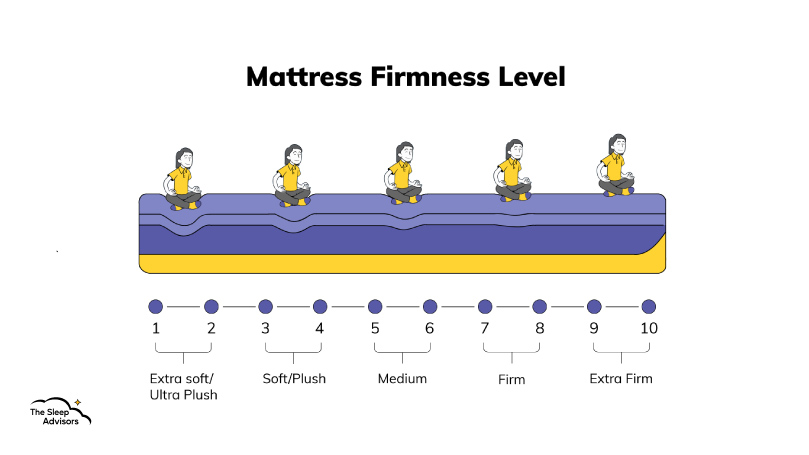
How to pick the perfect mattress firmness?

When picking out the perfect mattress firmness, you need to consider your sleeping position and your weight. Generally, the heavier you are, the firmer the mattress needs to be.
And the lighter you are, the softer the mattress needs to be.
This is because with more weight comes more pressure.
So, if your mattress is too soft for your weight, you might sink too far into the mattress and end up being uncomfortable.
On the other hand, if the mattress is too firm, you won't sink down enough, leading to pressure points in your hips, shoulders, and spine.
So, here is a table to help you understand who needs what. And we'll also go through each sleeping position individually to explain it a bit further.
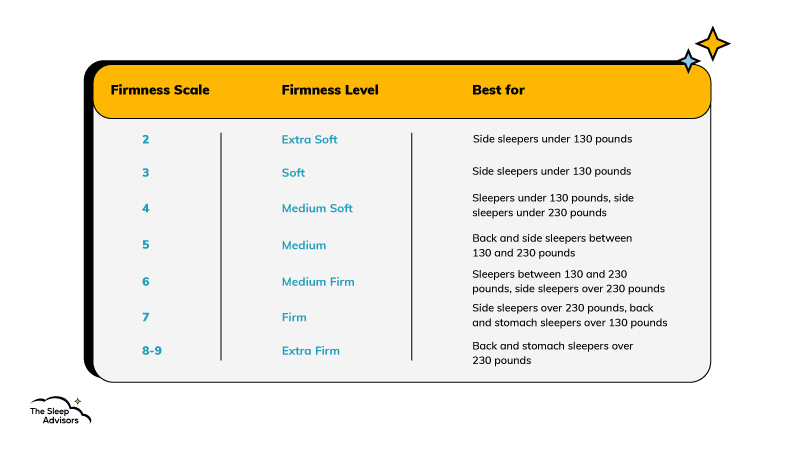
Side sleepers
Since most people are side sleepers, let's talk about them first. To avoid improper spinal alignment, side sleepers want a mattress that's on the softer side. This is because both their shoulder and hip need to sink into the mattress a little for their spine to remain straight.
Memory foam models are very popular for side sleepers, however, even a traditional innerspring bed can potentially offer good pressure relief. You just need to take note of the firmness and whether it has a solid supportive layer.
Bonus tip: if you're dealing with chronic back pain or hip pain, putting a pillow between your knees can help further alleviate pressure and improve sleep quality.
Stomach sleepers
Stomach sleepers typically want the opposite of side sleepers. This is because when you're on your stomach, your spine is already straight. However, if you get a soft mattress and your hips sink, you suddenly have a lot of tension in your lower back.
This is why stomach sleepers generally want a firm mattress. Ideally, the mattress should still provide pressure relief but make sure it's at least a 7 on the firmness scale.
Bonus tip: you can also place a pillow under your lower stomach to stop your hips from sinking. It might not be as comfortable but it's the cheapest way to keep your spinal alignment healthy.
Back sleepers
While sleeping on your back can cause snoring and worsen sleep apnea, it's pretty healthy overall. In fact, when it comes to dealing with back pain, it might even be the best.
In terms of mattress firmness, it's somewhere in the middle – with a medium-firm mattress being comfortable for most people. However, as you can see in our table, heavier people might need a firmer model.
Bonus tip: place small pillows under your knees and your lower back for some added pressure relief.
Finding the perfect pillow for spinal alignment
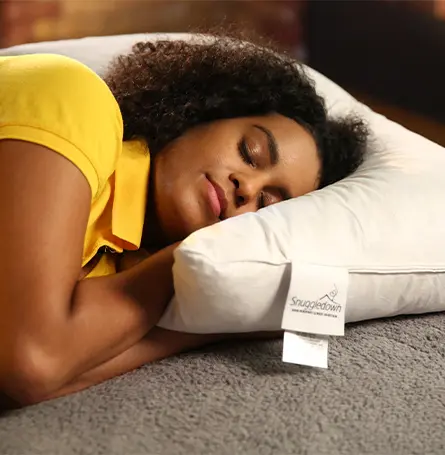
As we've mentioned, your pillow also plays a role when it comes to keeping your spine healthy and pain-free.
At least when it comes to your upper back and neck.
And don't worry, unlike with a mattress, choosing the correct pillow is pretty simple.
Just make sure that the pillow's height (or loft) is appropriate for your sleeping position.
So, just like we did a second ago, let's quickly go over the 3 sleeping positions and talk about what kind of pillow they need.
Also note that we're only focusing on spinal alignment here, not the firmness or the material as that mostly influences comfort and not your neck or spine.
Side sleepers
Side sleepers need a pillow with a very large loft, especially if the person has broad shoulders. This is because the pillow has to cover the distance between the end of your shoulder and your cheek to keep your head in the proper position.
Orthopaedic pillows are also quite useful for side sleepers as they are designed to hold up both your head and neck. However, a regular down pillow is still going to be fine, as long as it doesn't compress too much.
Stomach sleepers
Stomach sleepers want to find the flattest pillow possible. As we've already established, lying on your back already puts your spine and head in a straight line. So, a pillow that has a big loft is going to tilt your head to the side and put pressure on your neck.
This is why it's not uncommon to find stomach sleepers throwing their pillow away during the night.
Back sleepers
Once again, back sleepers are the middle child, as they don't want to go to either extreme. If the pillow's loft is too high, your head is tilted forward. But if the loft is too low, your head ends up tilted backwards.
So, channel your inner Goldilocks and try to find a pillow that's just right!
Lifestyle adjustments for back pain management
When it comes to pressure relief and spinal alignment, your bedding is incredibly important. However, we don't spend our entire lives sleeping. In other words, we need to take care of our spine during the day just as much as we need to take care of it at night!
So, let's go over a few lifestyle adjustments you should make to keep your spine nice and healthy.
Exercise
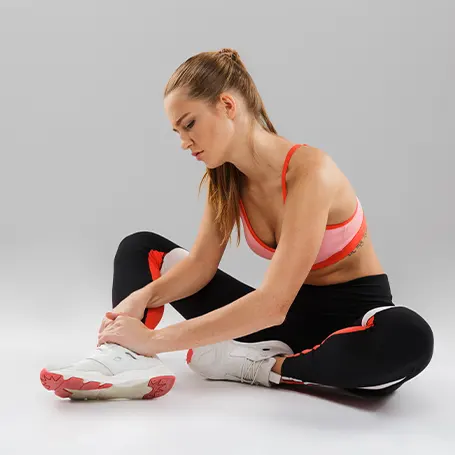
While exercising with improper form can cause back pain, good form can make it less likely to appear in the first place!
This is because when we strengthen our back muscles, they become a lot sturdier and more resilient.
In other words, you won't have to worry about throwing your back out every time you have to bend over to pick something up.
On top of that, a good exercise routine helps you have a better night's sleep and lose weight – which we will now talk about.
Losing weight
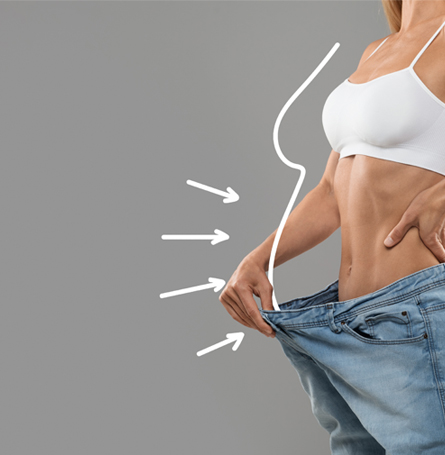
Losing weight can be beneficial in more than one way. Firstly, if your current mattress is too soft for you, losing a few pounds could push you into that lower firmness rating zone. And when you consider that a mattress topper can also change the feel of the mattress slightly, you can actually “customise” your bed to suit your needs.
On top of that, excess weight puts pressure on your back even during the day. So, losing a few pounds can allow your spine to breathe more easily and potentially ward off any nasty back pain before it even comes your way.
Lastly, being a healthy weight simply improves most areas of health – sleep included. And even if you do get some aches, it's a lot easier to deal with them if they're your only problem.
Of course, we're not saying you have to be a stick figure or to starve yourself. Just try to reach a healthy BMI through proper nutrition and a healthy dose of exercise!
Proper posture
If you care about pressure relief and spinal alignment during the night, you should care about them during the day as well! In other words, do your best not to slouch your way through life.
Keep your spine straight, your legs and arms at a 90-degree angle, and your shoulders down. And if this is too much to keep track of, make sure to get up and walk around for a bit as frequently as you can. Even this one change can help better your posture over the long run.
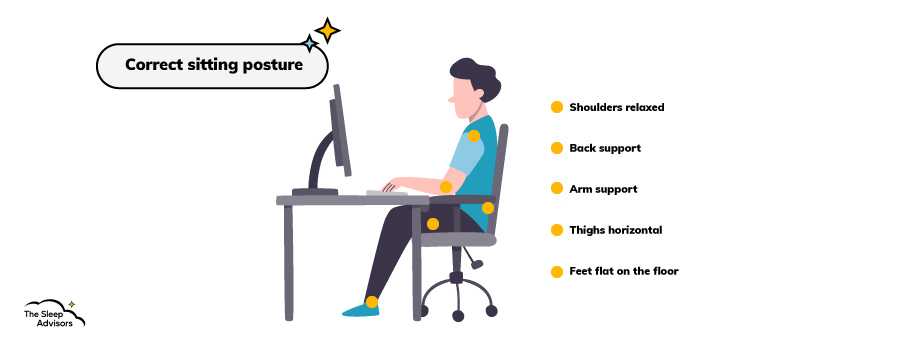
An adjustable bed
An adjustable bed frame was made with back pain sufferers in mind, allowing them to take the pressure off their lower backs. And while they can be a bit more difficult to find, they can potentially offer you comfort like you've never known before!
Plus, adjustable beds usually use memory foam mattresses. So, you're still getting all of the pros associated with that. And it can help with certain medical conditions – such as acid reflux.
The only downside is that adjustable beds are only well suited for back sleepers, as the other two would leave your spine in an unnatural position.
An electric blanket
While an electric blanket can't really help with pressure relief or spinal alignment, it can help ease back pain. After all, heat therapy helps your muscles relax and often works wonders at dampening muscle strains.
And if you've spent the entire previous day hunched over a computer or helping your friends move into their new home, your back muscles certainly need a bit of warmth.
Don't worry, electric blankets are completely safe. And even if you don't want to use them to combat back pain, you can still get one for the sake of comfort – especially during the winter months.
When to seek professional advice?

While it would be ideal if we could all just jog, get good mattresses, and never experience back pain in our lives – that's hardly the case.
And while an electric blanket can help with muscle soreness, and the proper bedding can help your spine recover a bit more easily, some back aches warrant medical attention.
Namely, if you're experiencing chronic back pain, just swapping out your bedding likely isn't going to be enough. And improper spinal alignment can lead to things such as Kyphosis or Scoliosis, which can't just be waved away by a good pillow.
So, if you've been having back pain for multiple weeks, have had an injury, or have an existing medical history relating to back problems, it's best to visit your GP.
Also, if you're on the older side, it's smart to consult a doctor as soon as you can, since things such as disc degeneration are a lot more likely the older you are.
Conclusion
In conclusion, both pressure relief and spinal alignment are essential if you want a back pain-free life. And as long as you take note of your sleeping position and the characteristics of your bedding, this shouldn't be too difficult to achieve.
However, good lifestyle habits are always welcomed as well. And if somehow even that isn't good enough, seek out professional help and take it from there!
But if you do have any questions about bedding or the proper sleeping technique, feel free to ask us in the comment section!




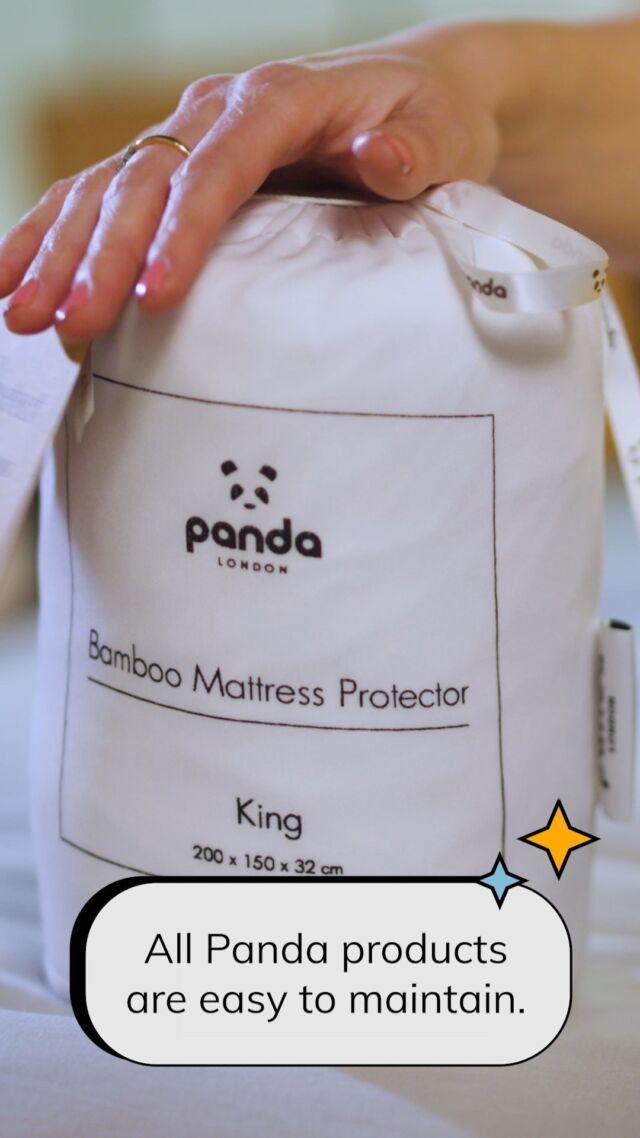





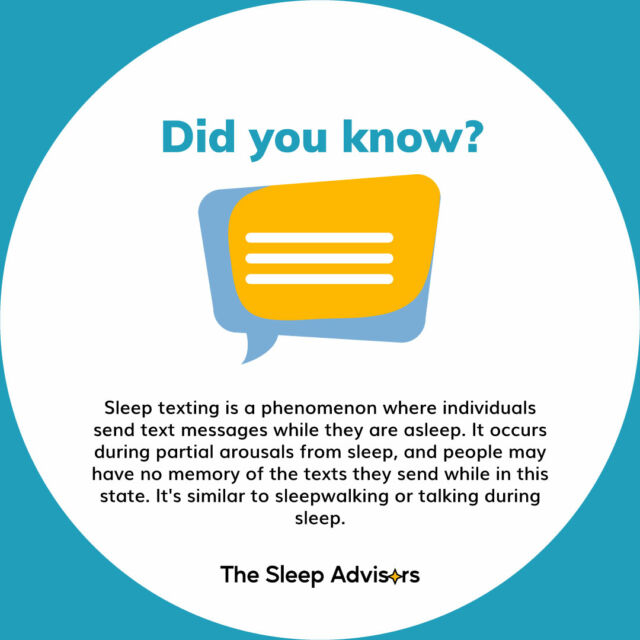
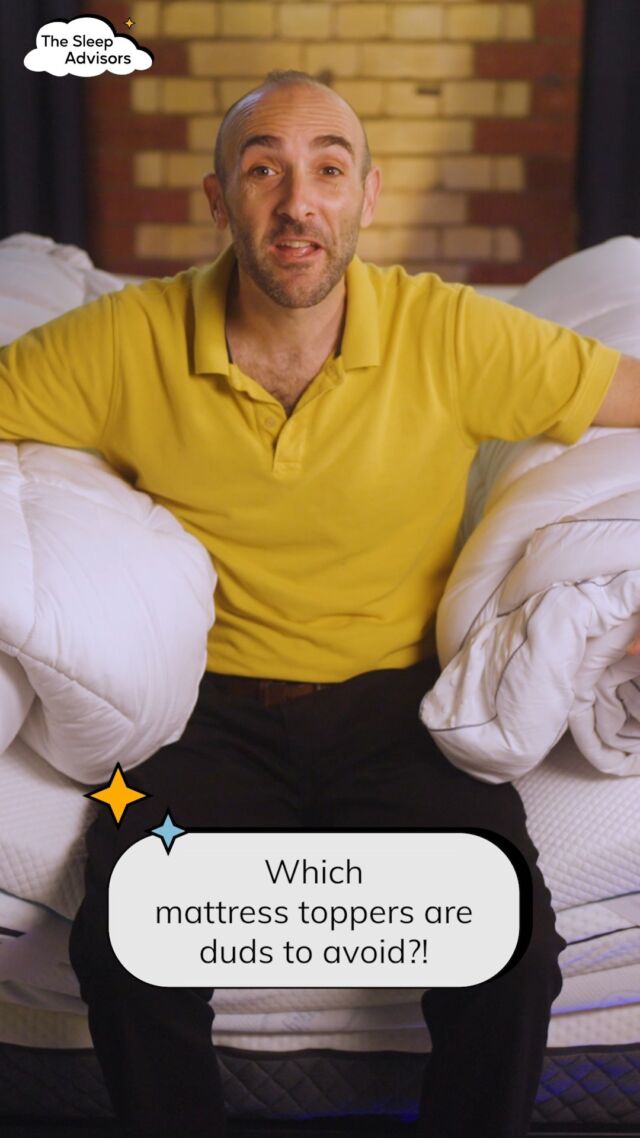



There are no comments yet
"*" indicates required fields